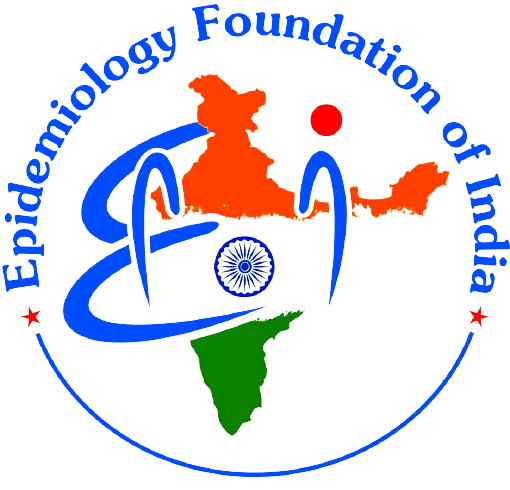Submissions
Submission Preparation Checklist
As part of the submission process, authors are required to check off their submission's compliance with all of the following items, and submissions may be returned to authors that do not adhere to these guidelines.- The submission has not been previously published, nor is it before another journal for consideration (or an explanation has been provided in Comments to the Editor).
- The submission file is in OpenOffice, Microsoft Word, or RTF document file format.
- Where available, URLs for the references have been provided.
- The text is single-spaced; uses a 12-point font; employs italics, rather than underlining (except with URL addresses); and all illustrations, figures, and tables are placed within the text at the appropriate points, rather than at the end.
- The text adheres to the stylistic and bibliographic requirements outlined in the Author Guidelines.
Editorial
|
Section |
Editorial |
|
Contributor Form |
Required |
|
Ethical Approval |
NA |
|
Abstract |
Unstructured (250 words) |
|
Word Limit |
1500 |
|
References (PubMed Only) |
10 |
|
Tables |
NA |
|
Figures |
NA |
|
Authors |
2 |
|
Policies / Guidelines |
Introduction, Body and Conclusion. |
Continuing Medical Education
|
Section |
Continuing Medical Education |
|
Contributor Form |
Required |
|
Ethical Approval |
NA |
|
Abstract |
NA |
|
Word Limit |
3500 |
|
References (PubMed Only) |
20 |
|
Tables |
± 1 |
|
Figures |
±1 |
|
Authors |
2 |
|
Policies / Guidelines |
In-depth, substantiated, educational articles presenting core information for the continuing professional development. |
Review Article
|
Section |
Review Article |
|
Contributor Form |
Required |
|
Ethical Approval |
NA |
|
Abstract |
Un / Structured |
|
Word Limit |
3500 |
|
References (PubMed Only) |
50 |
|
Tables |
± 2 |
|
Figures |
±2 |
|
Authors |
6 |
|
Policies / Guidelines |
Review articles would be preferably by invitation, written by individuals who have done substantial work on the subject or are considered experts in the field. |
Commentary
|
Section |
Commentary |
|
Contributor Form |
Required |
|
Ethical Approval |
NA |
|
Abstract |
Yes |
|
Word Limit |
1500 |
|
References (PubMed Only) |
05 - 10 |
|
Tables |
±1 |
|
Figures |
±1 |
|
Authors |
4 |
|
Policies / Guidelines |
This is an expected article from the experts in the field who have researched on already had evidence and derived the contents which have been used or will be used and its relevance with public health importance. |
Report
|
Section |
Field Report |
|
Contributor Form |
Required |
|
Ethical Approval |
NA |
|
Abstract |
NA |
|
Word Limit |
1500 |
|
References (PubMed Only) |
± 5 |
|
Tables |
NA |
|
Figures |
NA |
|
Authors |
2 |
|
Policies / Guidelines |
This should be from the experts who are directly involved in the field. |
Short Article
|
Section |
Short Article |
|
Contributor Form |
Required |
|
Ethical Approval |
Required |
|
Abstract |
Un/Structured |
|
Word Limit |
1500 |
|
References (PubMed Only) |
10 |
|
Tables |
± 1 |
|
Figures |
±1 |
|
Authors |
6 |
|
Policies / Guidelines |
Short article should contain interesting observations/ brief reports of original studies presenting the authors' views on a topic of current interest. The purpose of a short article in Indian Journal of Community Health is to provide additional insights into topics of current public health concerns. |
Privacy Statement
The names and email addresses entered in the Journal of the Epidemiology Foundation of India will be used exclusively for the stated purposes of Journal of the Epidemiology Foundation of India and will not be made available for any other purpose or to third party.

